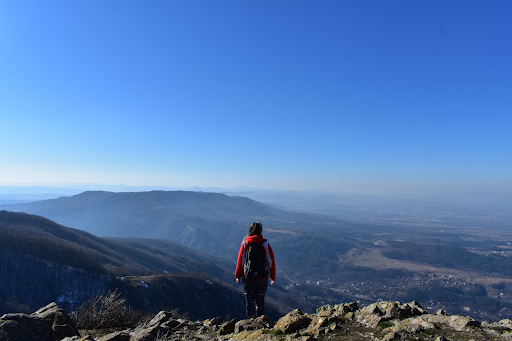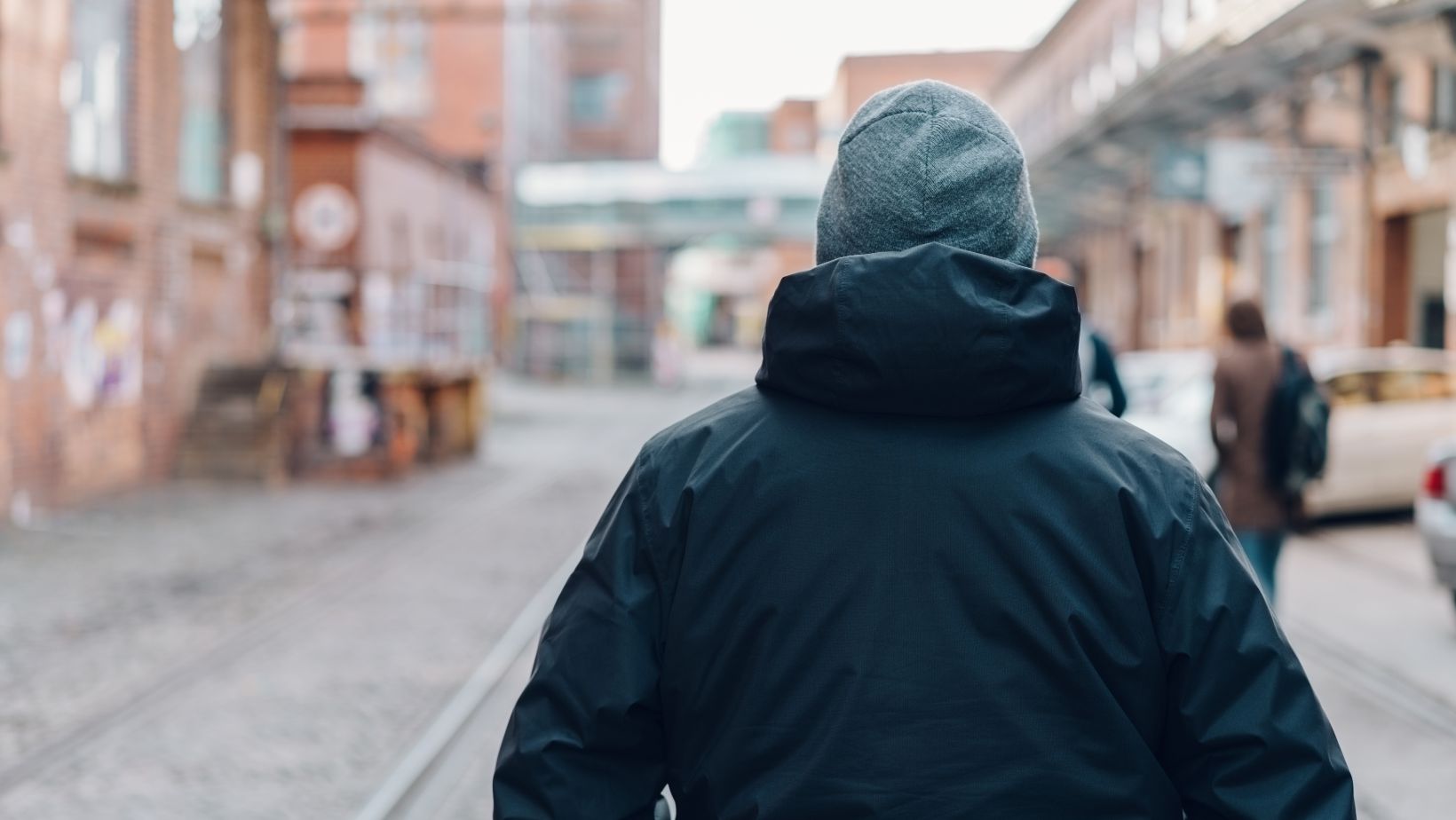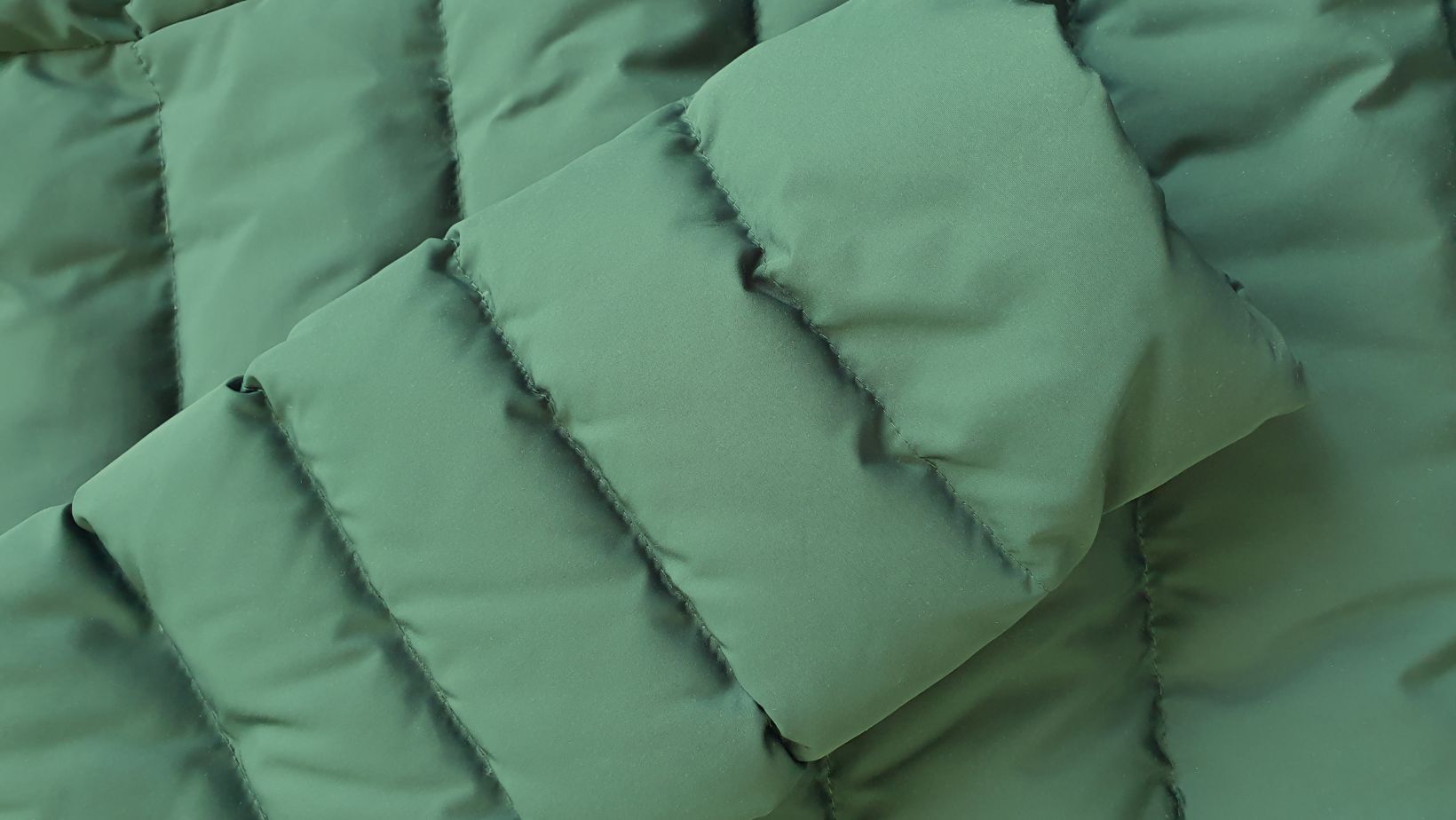
Insulated jackets are a cornerstone in the wardrobe of adventurers, wanderers, and outdoor enthusiasts.
These garments serve as a mobile comfort zone that shields you from the biting cold, the gusty winds, and, in some instances, the wet rain.
But the market is flooded with options, each claiming to be the ultimate solution for your outdoor needs.
How do you know which one is right for you? Here, we’ll dissect the different types of insulated jackets and provide some notable recommendations for each.
The Fundamentals Of Insulated Jackets
Insulated jackets serve as your personal buffer against harsh environmental conditions.
Essentially, they are designed to trap air close to your body, warmed by your own heat, thereby keeping you cozy.
However, not all insulated jackets are created equal. Various insulating materials and construction methods impact performance, weight, and adaptability.
Outdoorcrunch’s Ultimate Synthetic Insulated Jackets Guide
If you’re new to the realm of outdoor apparel, a synthetic insulated jacket is a good starting point.
These jackets use man-made fibers for insulation, offering benefits like quick drying and better performance when wet.
A detailed exploration into this category can be found in OutdoorCrunch’s best synthetic insulated jackets guide.
The guide offers a comprehensive look at top-performing models in terms of warmth, weight, and features.
If you’re planning an adventure that could involve rainy conditions, or if you’re concerned about ethical considerations like the use of down, their guide is a goldmine of information.
Understanding Down Insulation
Down insulation uses natural feathers, usually from ducks or geese, to trap air and create a thermal barrier.
Down offers an unbeatable warmth-to-weight ratio but loses its insulating properties when wet. Therefore, it’s best suited for dry, cold conditions.
Many brands offer down jackets with water-resistant shells or treated down to mitigate this issue.
These jackets are the go-to choice for ultralight backpackers and mountaineers who need maximal warmth with minimal weight.
Hybrid Insulation: The Ultimate Of Both Worlds
Some jackets use a combination of down and synthetic insulations, aiming to optimize the benefits of both.
These hybrid jackets generally use down for core warmth and synthetic insulation in areas prone to moisture, like the cuffs, underarms, and hem.
They offer a balanced approach for those who need versatility but don’t want to invest in multiple jackets for different conditions.
Versatility And Customization
The functionality of an insulated jacket isn’t limited to its insulating material alone.
Additional features like hoods, pockets, and ventilation options can significantly affect how a jacket performs in varying conditions.
The Importance Of Hood And Pocket Design
The design of the hood and pockets can be pivotal in harsh conditions.
A well-designed hood should shield your head and face without compromising visibility or mobility.
Similarly, pockets should be placed in accessible locations and designed to protect their contents from environmental factors.
Many adventure-ready jackets include helmet-compatible hoods and pockets that are accessible while wearing a backpack or harness, emphasizing practicality without sacrificing comfort.
 Zippers, Vents, And Adjustable Hems
Zippers, Vents, And Adjustable Hems
Easy-to-use zippers and well-placed ventilation options can make a world of difference when you’re on the move.
For activities that involve a lot of exertion, look for jackets with underarm zippers or back vents that allow you to quickly dump excess heat.
Adjustable hems, often controlled by a cinch-cord, allow you to seal in warmth or loosen for better airflow.
Customizable Layering Systems
Some high-end jackets offer built-in features that allow for easier layering with other garments.
For instance, attachment loops for gloves or liners, and zipper systems that integrate with compatible pants or base layers.
These jackets offer the ultimate in customization, providing a tailored solution for adventurers who demand flexibility and adaptability from their gear.
Longevity And Sustainability
In a world where sustainability is becoming increasingly crucial, it’s worth considering the long-term implications of your purchase.
Built To Last: Durability Concerns
It’s easy to get caught up in the allure of lightweight materials and cutting-edge technologies, but durability should never be overlooked.
Quality construction techniques and robust materials are key indicators of a jacket that will stand the test of time.
Investing in a durable jacket not only benefits you but also minimizes environmental impact by reducing the frequency of replacement.
Eco-Friendly Options
Several brands have committed to sustainability by using recycled materials and ensuring responsible down sourcing.
Not only do these jackets lessen your environmental footprint, but they often perform on par with less sustainable alternatives.
If being eco-friendly aligns with your values, there are plenty of high-performing, sustainable options to choose from.

Repair And Warranty Policies
Leading brands often offer robust warranty policies and repair services, extending the lifespan of their jackets significantly.
Instead of replacing a jacket with minor issues, you can often get it repaired either free of charge or for a nominal fee, depending on the warranty conditions.
This not only saves you money but also contributes to less waste.
Balancing Cost And Performance
While high-quality insulated jackets are an investment, the price tag shouldn’t deter you from enjoying the outdoors comfortably.
The market offers an expansive range of options that fit various budgets without compromising crucial features.
However, understanding where to allocate your resources can be challenging, especially when balancing cost against long-term performance.
The Myth Of More Expensive Being Always Better
There’s a general assumption that higher cost equates to better quality, but that isn’t always the case.
Some premium jackets come with features you might never use, depending on your specific outdoor needs.
For example, a high-altitude mountaineering jacket could be overkill for casual weekend hikes.
Moreover, advancements in synthetic materials have led to affordable jackets that offer excellent performance without breaking the bank.
The Value Of Seasonal Sales And Closeouts
Timing your purchase can result in substantial savings without compromising quality.
Seasonal sales and closeouts often feature high-quality insulated jackets at slashed prices.
Stores clear out inventory to make way for new collections, giving savvy shoppers the opportunity to snag a great deal.
Just ensure that you’re not sacrificing essential features or settling for an outdated model that may lack current innovations.
Renting As A Viable Option
If you’re new to outdoor activities and hesitant to commit financially, renting is a practical alternative.
Many outdoor shops offer rental services for premium insulated jackets, giving you a chance to try before you buy.
Renting allows you to evaluate different styles, insulation types, and features without the initial outlay, providing a more informed perspective for when you’re ready to make a purchase.
Before You Get Your Jacket
Selecting the perfect insulated jacket is essential, but equally important is figuring out how to manage your seasonal gear once the adventure ends. Jackets designed for specific conditions often take up valuable space during off-seasons. This is where proper storage becomes crucial—not only to save space but also to preserve the longevity of your investment.
If you’re struggling with limited storage at home, consider a self-storage calculator to determine the exact space you’ll need to organize your gear efficiently. By calculating your storage requirements, you can ensure your insulated jackets, along with other seasonal equipment, remain in top condition and ready for your next adventure.
With the right approach to storage and gear selection, you’re all set to make the most of every season.
In conclusion, selecting the perfect insulated jacket involves considering not just the type of insulation but also versatility, customization features, and long-term durability and sustainability.
With the right knowledge and attention to detail, you can invest in a jacket that will serve you well on countless adventures, in any season.

 Zippers, Vents, And Adjustable Hems
Zippers, Vents, And Adjustable Hems











